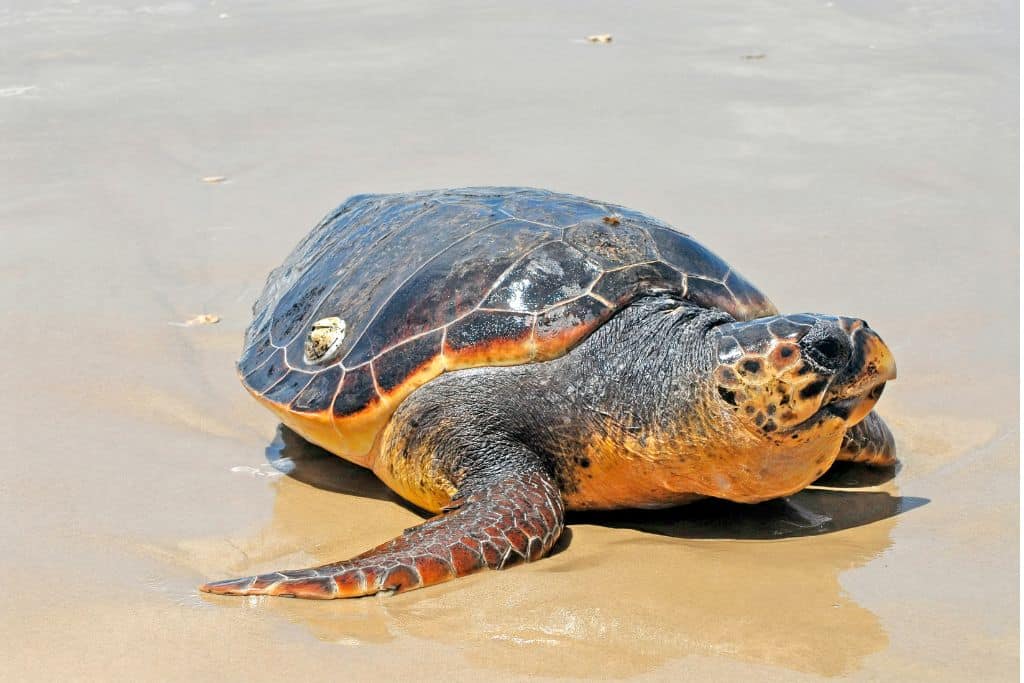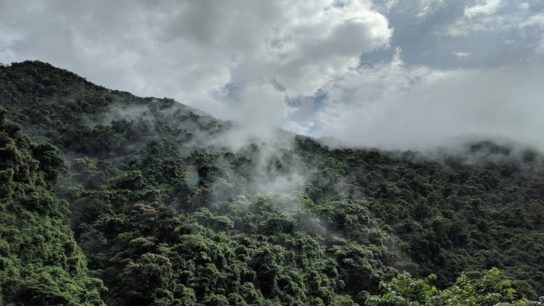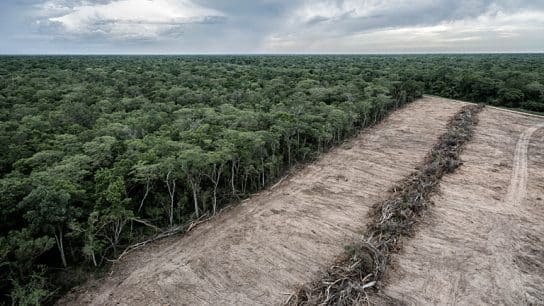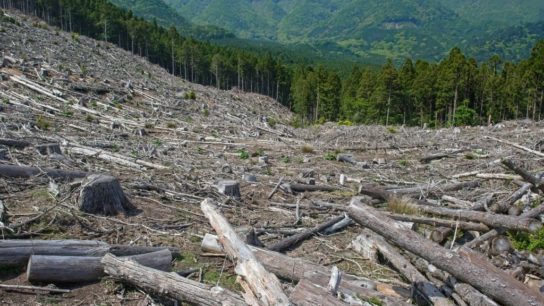Environmental groups have condemned the decision, saying it could lead to habitat destruction and extinction.
—
The United States Fish and Wildlife Service and National Marine Fisheries Service last week proposed a rule change to remove a definition from the Endangered Species Act that protects Critical Habitat from modification and destruction.
The move, part of the Administration’s ongoing effort to prioritize the fossil fuel industry over nature, follows a 2024 decision by the Supreme Court to overturn the Chevron Deference Doctrine.
Defining ‘Harm‘
The 1973 Endangered Species Act (ESA) has been the centerpiece to wildlife conservation in the US since it was signed into law by then-president Richard Nixon. Under the ESA, listed species are protected from “take”. In other words, it is prohibited “to harass, harm, pursue, hunt, shoot, wound, kill, trap, capture, or collect, or to attempt to engage in any such conduct.”
The ESA itself does not go on to further define what “harm” means. Both the Fish and Wildlife Service and National Marine Fisheries Service (hereafter “The Services”) published rules with a unified definition of “harm” to mean “an act which actually kills or injures wildlife.”
“Such an act may include significant habitat modification or degradation where it actually kills or injures wildlife by significantly impairing essential behavioral patterns, including breeding, feeding or sheltering,” the definition reads.
Learn More: Explainer: What Is the 1973 Endangered Species Act and Why Is It Important?
Legal Basis
In the 1995 Babbitt v. Sweet Home Chapter, Communities for a Great Oregon case, the US Supreme Court ruled in favor of The Services’ legal ability to define harm within the ESA as the acting federal authorities. This decision was based on the principle of the Chevron Doctrine, a precedent set by another Supreme Court case, Chevron U.S.A. Inc. v. Natural Resources Defense Council, Inc.
Under the Chevron deference, or Chevron doctrine, federal courts deferred to a federal agency’s definition of an unclear statute within a federal law. Thus, The Services rulemaking on the definition of “harm” held.
Precedent
In 2024, the Supreme Court heard two concurrent case arguments, Loper Bright Enterprises v. Raimondo and Relentless Inc. v. Department of Commerce. The decision from these cases overturned the Chevron Doctrine. The new ruling mandated that federal courts may use their best judgement in deciding if federal agencies acted within their authority and may not defer to the agencies’ interpretation of legislative statutes.
This decision opened the door for any previous Supreme Court rulings that fell on the Chevron Doctrine to be retried or reviewed under new agency decisions or court cases.
Learn More: US Supreme Court Overturns Critically Important Ruling for Environmental Protection Enforcement
What Does this Mean For Habitat Protections Under the ESA?
On April 17, Department of Interior Secretary Doug Burgum proposed a rule change that would revoke The Services extended definition of harm under the ESA, therefore removing the rule that destruction of habitat for endangered species by the federal government is explicitly illegal under the ESA. While many federal projects will likely still be subject to review under the National Environmental Policy Act, this change is a direct threat to hundreds of endangered species.
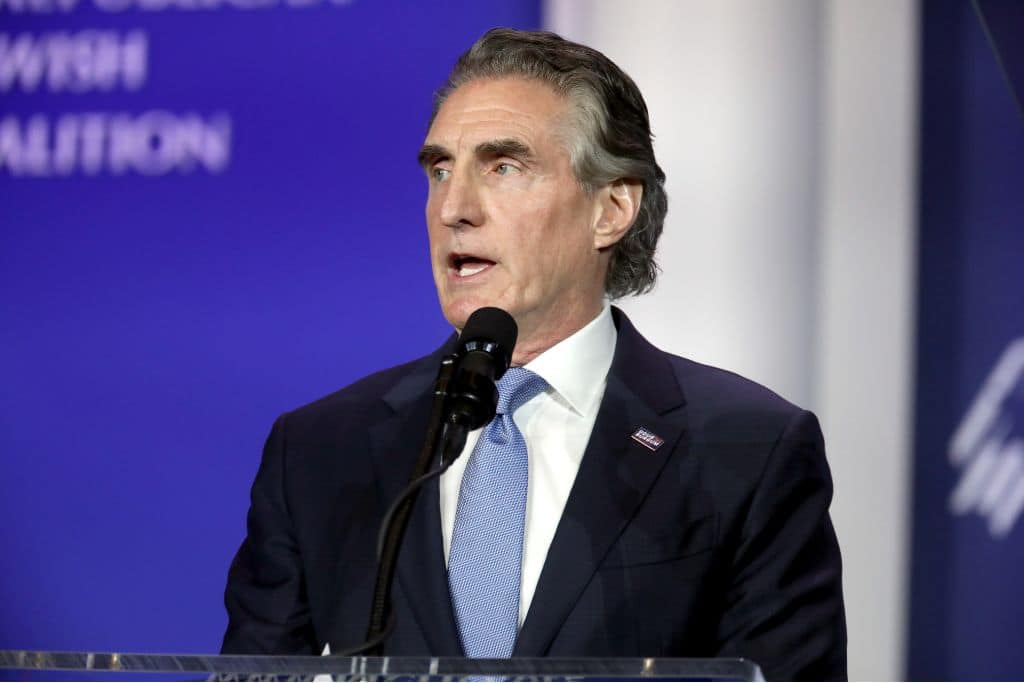
While the ESA requires The Services to designate Critical Habitat – areas of habitat that are important to the survival and reproduction of a species – for all listed species, there is no specific requirement for their protection. Protection of Critical Habitat is based on the current definition of “harm” and the proposed scrapping of the definition could potentially make such habitats nothing more than a definition.
Over 4,000 public comments were received in less than 24 hours after the proposed rule change was announced, and environmental groups have condemned the decision, saying it could lead to habitat destruction and extinction.
“There’s just no way to protect animals and plants from extinction without protecting the places they live, yet the Trump administration is opening the flood gates to immeasurable habitat destruction,” said Noah Greenwald, co-director of endangered species at the Center for Biological Diversity.
You might also like: 10 of the Most Endangered Species in the US
